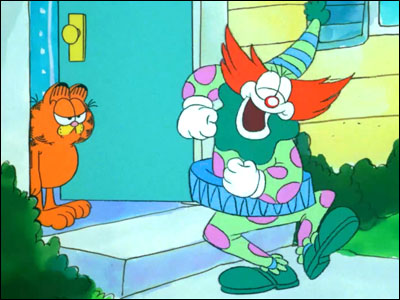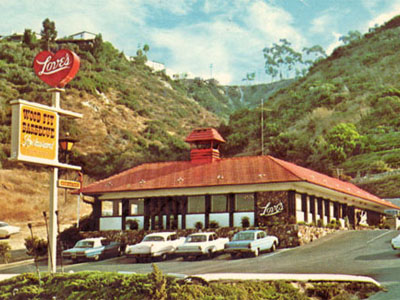When John Romita (Senior) passed away last June, I started writing this post about one aspect of his work that deserves attention. Then I somehow got sidetracked and didn't finish it until now.
Romita had worked for the firm we now know as Marvel in the fifties, then left when the company downsized. He spent years drawing romance comics for DC…and while he did that work about as well as anyone could do, it was very limiting and often boring. In 1965, that boredom and some problems with one of his DC editors sent him back to Marvel where he blossomed as a super-hero artist. It's fascinating to look over his work for the next few years in chronological order. The guy learned on the job and just got better and better, especially after he replaced Steve Ditko as the Spider-Man artist in 1966.
Most people would list him as among the best artists for that kind of comic in this period along with Ditko, Jack Kirby, Gene Colan, John Buscema, Gil Kane and a number of others. But there was something different about Romita's work from those other men. I am writing here not about what these artists put on paper but how they put it on paper — what their contribution was to those finished pages.
Unlike those other guys, Romita was on staff. He worked in the office. He had a certain amount of Art Director responsibilities even before he formally had that title at the company. The assembly line of producing a comic book passed by him at most stages. Let us compare and contrast him with, say, Jack Kirby — and again, we're only talking about how each man worked, not how good either of them was at this or that…
Jack Kirby as penciler of an issue of Fantastic Four back then: Jack pencils the issue and then either delivers it to the office or mails it in or has a friend deliver it to the office. Inker Frank Giacoia lived near Jack at the time and would often call up and say, "Hey, I have to go in today to deliver and job. Anything you want me to take in for you?" The pages would leave Jack and they would go off through Stan Lee for dialogue writing, to Artie Simek or Sam Rosen for lettering, then to (in this case:) Joe Sinnott for inking, then back to the office for final corrections and coloring.
But Jack would usually never see them again once they left his hands. Often, the next he would see of that story was a printed comic book, too late to make any changes or suggestions or anything. Let us contrast that with…
John Romita as penciler of Amazing Spider-Man at the same time: John pencils the issue — but whereas Jack took whatever "plot" Stan gave him (in this period, usually nothing) and drew the issue on his own, John works in the office. His workspace is about twenty steps from Stan's office and Stan walks by his cubicle twenty times a day. He can always grab Stan to ask him questions, show him pages in progress, seek help if he doesn't know where to go with the story, etc.
And all of this is on company time. Jack is paid X dollars a page. If he has to redraw a page three times, he gets paid for one page. If he has to redraw a panel, he gets paid nothing for that time and effort even if the reason it needed a redraw is not his fault. When John redraws a page or a panel he often does it on company time.
When Jack's pages go to the letterer or inker or colorist, he never sees them. John sees his pages as they pass through the office and can redraw or retouch as he sees fit. There were a number of issues of Amazing Spider-Man credited to Romita for pencils and then either "Mickey Demeo" (Mike Esposito hiding under a pseudonym) or Jim Mooney inking and there were issues where Romita was credited for penciling and inking.
But in truth, John did some inking on all those issues. If he didn't like the way a panel looked after Esposito or Mooney inked it, John could (and usually did) re-ink, retouch or even redraw. Jack didn't do that. He almost never saw the pages after inking and if he had worked on them then, he wouldn't do so on company time and been paid for that added effort. Also, in an issue where Romita was credited as sole artist, he often handed select pages to Esposito to ink (for which Esposito was paid) and then the pages went back to John for additional ink work.




